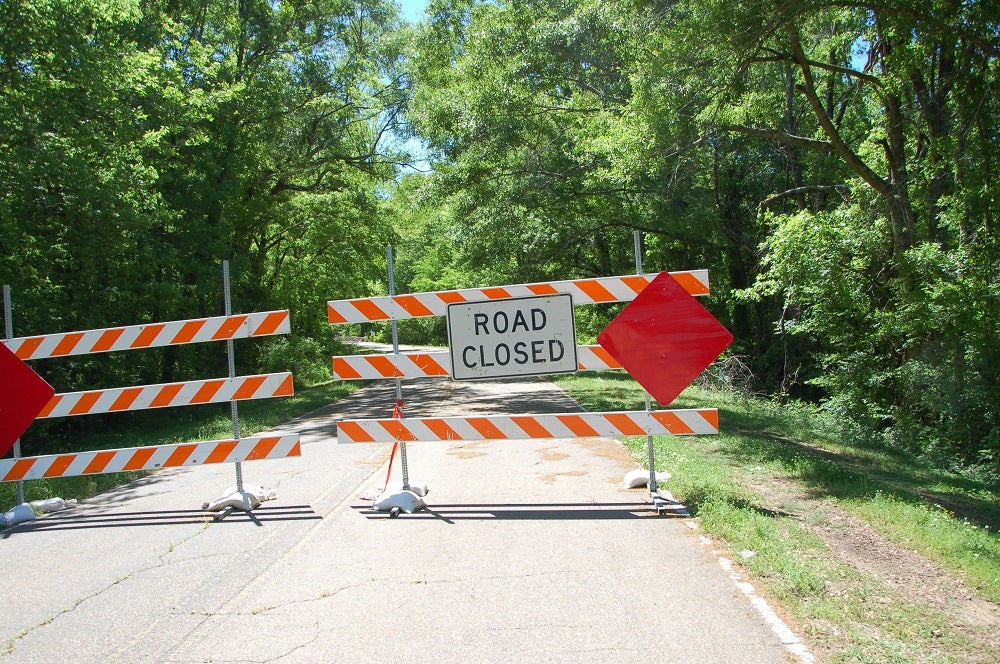

If you flick the pedal up or down quickly, it’s the equivalent of letting a clutch lever slip out of your hand and the whole scoot will get jerked around. All the modulation is now just done with your left foot. As you push the lever in either direction, you’ll sense when the clutch disconnects the flow of power from the engine through the rest of the drivetrain, the physical gear change, and re-engagement of power. While there’s no clutch lever, you’ll feel the semi-automatic clutch working through your feet. The Super Cub will complete the tiny trifecta when it arrives at your local dealership in early March. Honda’s “ miniMOTO lineup” currently includes the Monkey and the Grom. While all of that is very cool (at least to me), it doesn’t tell you anything about if the new Super Cub is any good. They sell motorcycles, cars, generators, outboard motors, lawnmowers, even jets! It’s pretty incredible that so much of that success is owed to such a little motorcycle. Just in the US, Honda employs over 31,000 people. The success of the Super Cub helped Honda grow into the behemoth it is today.

The Super Cub changed what motorcycling meant in America, and that was even before Honda released the famous “ You meet the nicest people on a Honda” marketing campaign in 1963!Īmerican Honda started with just 8 employees and 3 models of motorcycles (but really just the 50 at first). By December of 1962, Honda was selling over 40,000 units/year by themselves. When Honda first entered the US motorcycle market in 1959, the entire US motorcycle market was approximately 50,000 units a year. Of the $125,000 in cash that the US subsidiary started with, they spent $100,000 on the building!Īmerican Honda has a CA100 in their museum, and they let me take it for a spin. September 11, 1959: American Honda officially opens with eight employees and a new office at 4077 Pico Boulevard in Los Angeles. On top of that, Honda was only allowed to take half the money in cash, meaning they had to establish themselves in the US with just $125,000 – roughly $1,040,000 today. They budgeted $1 million to make the venture happen, but the Japanese Ministry of Finance (which regulated how much money could leave the country at the time) only allowed them a quarter of the request because they thought it was going to be wasted. Fujisawa wanted to go to the US: “ To take up the challenge of the American market may be the most difficult thing to do, but it’s a critical step in expanding the export of our products.” Honda decided to create their own American subsidiary, and put a 39-year-old Kihachiro Kawashima in charge of it. The general sentiment was that America was the “land of the automobile” and that the few Americans who were interested in riding wanted big bikes. Honda wanted their new product to lead the advance into a new market, but they were on the fence about going to Southeast Asia (in particular, Malaysia) or the United States.

Easy to ride – with a particular focus on the needs of women. Rugged and reliable – it had to be manageable even on beat up road surfaces.ģ.

4 hp motor – not a big number, but it was twice what competing bikes offered at the time.Ģ. The duo identified a wide variety of use cases as they explored different countries, but certain consistencies led to three product design goals:ġ. Let’s go back to before Honda was a household name in the US…in 1956, Soichiro Honda and Takeo Fujisawa (Honda’s Managing Director) took a field trip to Europe to validate an idea they had for a new model. To understand how this bike became a little giant, we’ve got to rewind 60 years: HISTORY LESSONI covered a little bit about Honda’s history in my review of the Monkey, but it’s especially important with the Super Cub so we’re going to go back to school.
DETOURS TAILBONE FOR SALE FULL
The Super Cub might be small, but a full revamp of such a crucial model is a big deal. It is, by far, the best-selling motor vehicle in history. In 2006 alone, Honda pumped out 5.3 million of them! Two years ago, number 100 million rolled off the line. Honda introduced the Super Cub in 1958, and within 4 years they had sold over a million units. The colors were inspired by the sea, the sky, and Soichiro Honda’s red shirts.


 0 kommentar(er)
0 kommentar(er)
